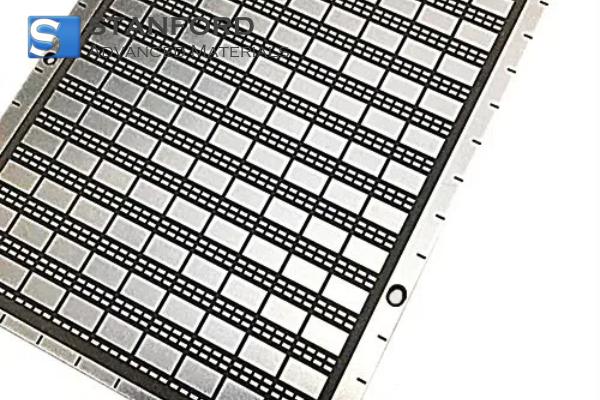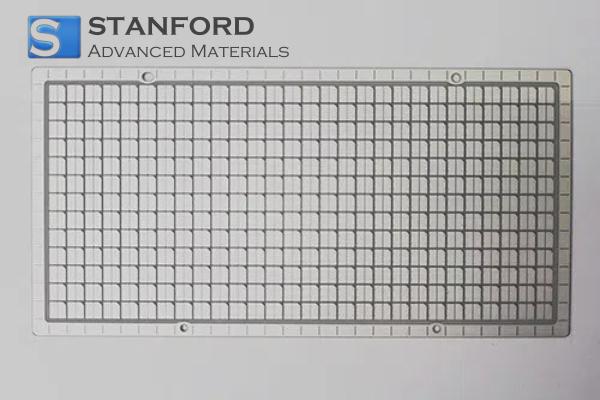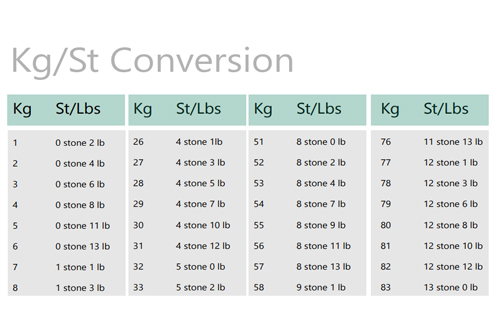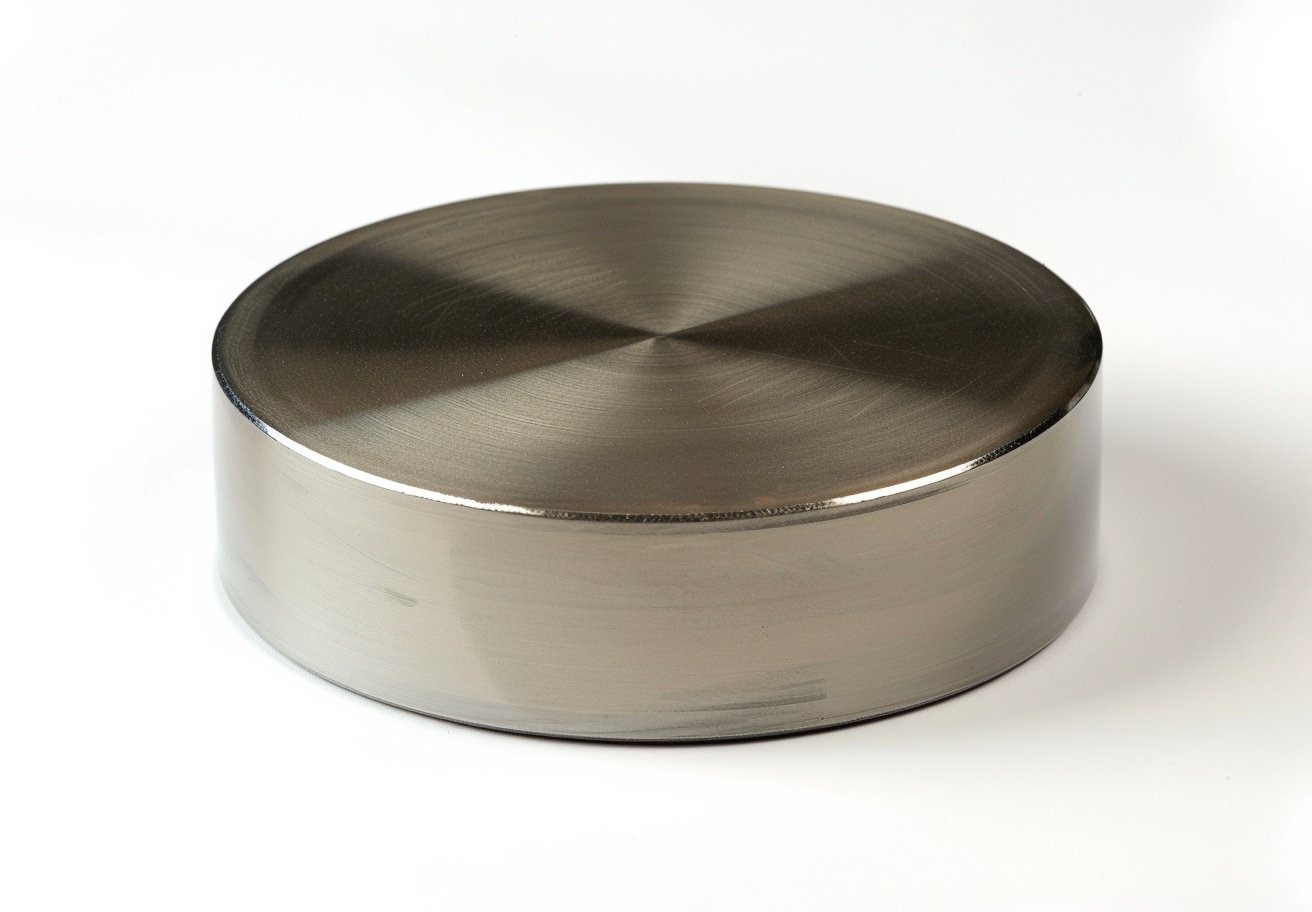Flow Rate Conversion Table
Flow rate is one of those fundamental measurements that quietly underpins everything from water management and chemical processing to medical device design and aerospace engineering. Let’s walk through what flow rate means, how to convert it correctly between units, and why precision matters so much in practice.
What Is Flow Rate?
In simple terms, flow rate measures how much fluid (liquid or gas) passes through a point or pipe over a given period. It links directly to the volume, mass, or weight of that fluid — depending on how you define it.
There are two main types of flow rate:
- Volumetric flow rate, which measures the volume of fluid passing per unit of time (e.g., litres per minute, cubic metres per second).
- Mass flow rate, which measures the mass of the fluid moving per unit of time (e.g., kilograms per second, pounds per hour).
Common Flow Rate Units
Because industries and countries use different measurement systems, flow rate is expressed in several units. Here are the most common:
- Metric (SI) units:
- Cubic metres per second (m³/s)
- Litres per minute (L/min)
- Millilitres per second (mL/s)
- Imperial and U.S. customary units:
- Cubic feet per second (ft³/s)
- Gallons per minute (GPM)
- Barrels per day (BPD) — often used in the oil and gas sector
Understanding how to convert between these ensures compatibility between systems, instruments, and international standards.
Core Principles of Flow Rate Conversion
Flow rate conversions depend on two elements: unit of volume and unit of time. Converting one without the other leads to large errors — for instance, confusing “litres per second” with “litres per minute” introduces a 60× difference.
Here’s a quick reference for some common volumetric conversions:
|
From |
To |
Conversion Factor |
Note |
|
1 m³/s |
1000 L/s |
× 1000 |
Metric volume scaling |
|
1 L/min |
0.00001667 m³/s |
÷ 60, then ÷ 1000 |
Common in lab systems |
|
1 ft³/s |
448.831 GPM |
× 448.831 |
U.S. water systems |
|
1 GPM |
3.785 L/min |
× 3.785 |
Widely used in industrial pumps |
|
1 BPD |
0.00001974 m³/s |
÷ 86400, × 0.159 |
Oil and gas industry |
When working across systems, it’s also essential to keep in mind the temperature and pressure of the fluid, because these factors can change the volume and density — particularly in gases.
Here's a basic flow rate conversion table for other commonly used units:
|
Unit |
To Litres per Minute (L/min) |
To Gallons per Minute (GPM) |
To Cubic Metres per Hour (m³/h) |
To Cubic Feet per Minute (CFM) |
|
Litres per Minute (L/min) |
1 |
0.2642 |
0.06 |
0.0353 |
|
Gallons per Minute (GPM) |
3.7854 |
1 |
0.2271 |
0.1337 |
|
Cubic Metres per Hour (m³/h) |
16.667 |
4.4031 |
1 |
0.5886 |
|
Cubic Feet per Minute (CFM) |
28.317 |
7.4805 |
1.6998 |
1 |
Note: The conversions are approximations. For more information, please check Stanford Advanced Materials (SAM).
Practical Examples of Flow Rate Conversion
To see how conversions work in real life, let’s take a few examples:
Example 1 – Industrial water flow:
A pump delivers 250 gallons per minute. To express this in cubic metres per hour (m³/h):
250 GPM × 0.2271 = 56.78 m³/h
Example 2 – Laboratory gas flow:
A lab instrument records an air flow rate of 0.05 m³/min. To convert to litres per second:
0.05 × 1000 ÷ 60 = 0.833 L/s
Example 3 – Oil pipeline:
A small crude oil pipeline moves 8,000 barrels per day (BPD). Converting to cubic metres per second:
8,000 × 0.00001974 = 0.158 m³/s
Such conversions make it possible to compare performance, verify calculations, and ensure cross-platform accuracy in reporting or simulation.
Real-World Applications
- Water treatment plants use flow conversion to balance inflow and outflow and design efficient filtration systems.
- Oil and gas companies rely on conversions between barrels, litres, and cubic metres for production monitoring and reporting.
- Medical device manufacturers design pumps and catheters using precise millilitres-per-minute flow control to ensure patient safety.
- HVAC engineers use airflow conversion (CFM to m³/s) to standardise performance across international specifications.
Conclusion
Flow rate conversion plays a critical role in global engineering communication and operational consistency. Whether you’re designing a pipeline, calibrating a pump, or running experiments in a lab, accurate conversion ensures that everyone — and every system — speaks the same language.

 Bars
Bars
 Beads & Spheres
Beads & Spheres
 Bolts & Nuts
Bolts & Nuts
 Crucibles
Crucibles
 Discs
Discs
 Fibers & Fabrics
Fibers & Fabrics
 Films
Films
 Flake
Flake
 Foams
Foams
 Foil
Foil
 Granules
Granules
 Honeycombs
Honeycombs
 Ink
Ink
 Laminate
Laminate
 Lumps
Lumps
 Meshes
Meshes
 Metallised Film
Metallised Film
 Plate
Plate
 Powders
Powders
 Rod
Rod
 Sheets
Sheets
 Single Crystals
Single Crystals
 Sputtering Target
Sputtering Target
 Tubes
Tubes
 Washer
Washer
 Wires
Wires
 Converters & Calculators
Converters & Calculators
 Write for Us
Write for Us





 Chin Trento
Chin Trento



